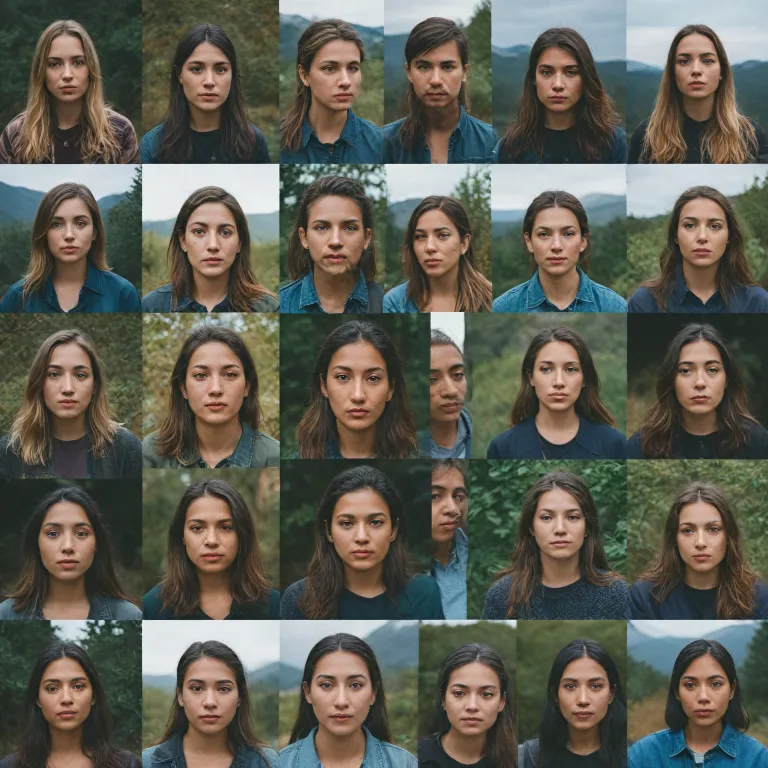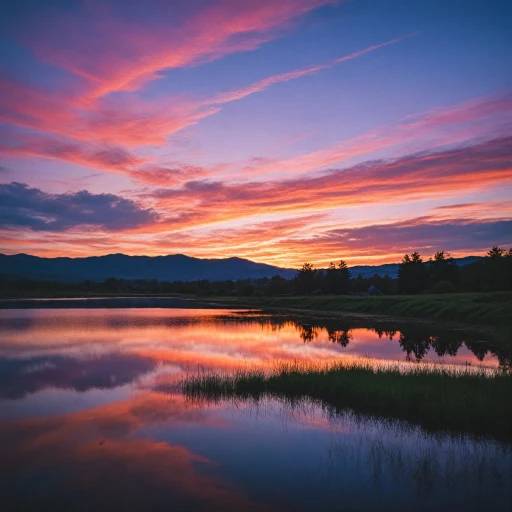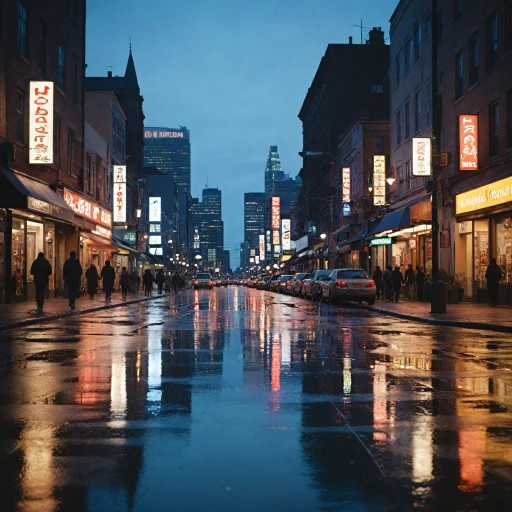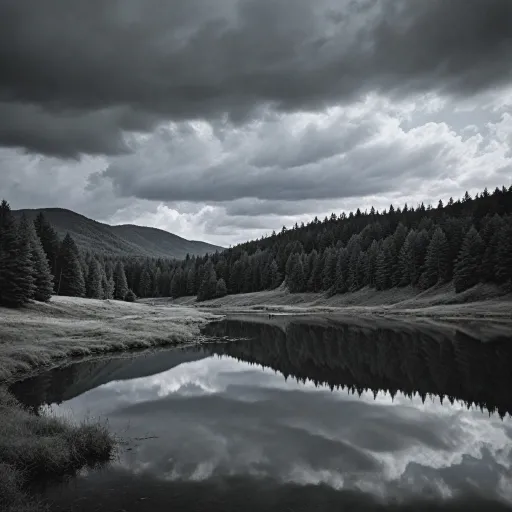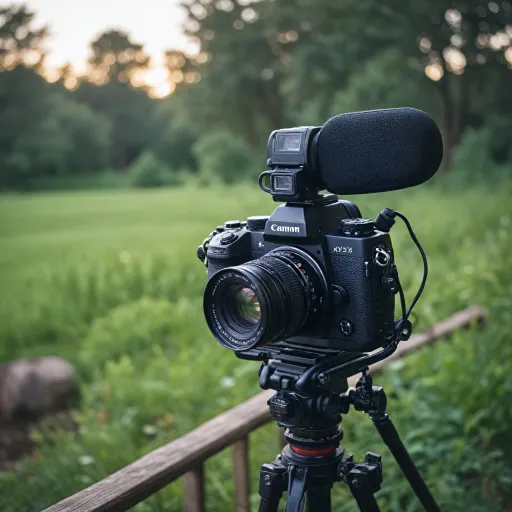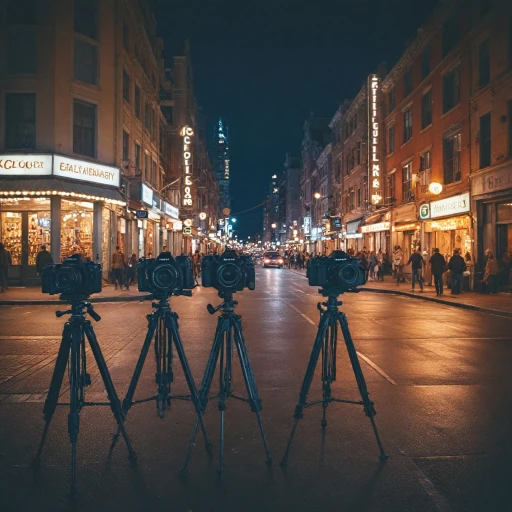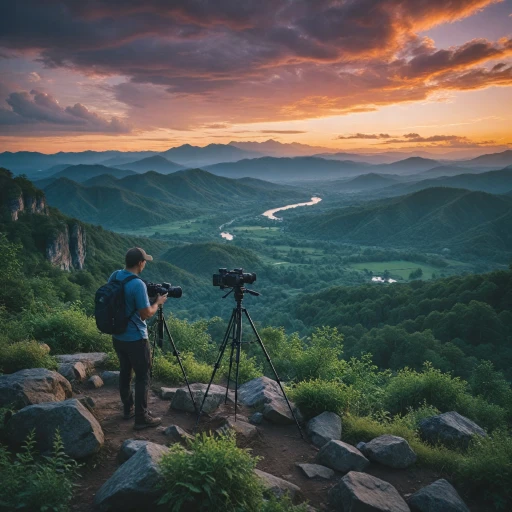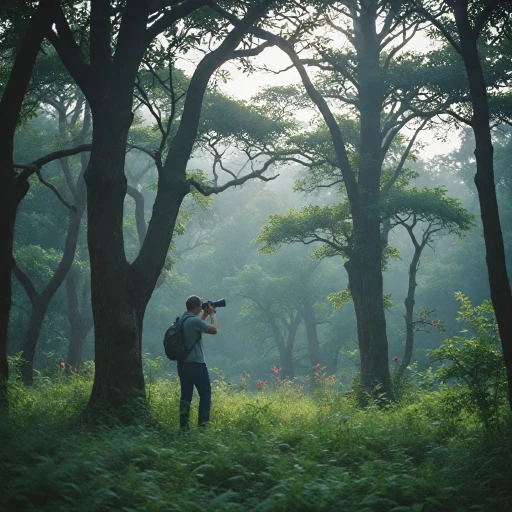
Understanding Nose Room: What It Is and Why It Matters
The Essence of Nose Room in Shots
Understanding the concept of nose room is essential for photographers and filmmakers who aim to create balanced and visually appealing shots. Nose room—or lead room—refers to the space in the frame in front of a subject's face when they are presented in profile or at an angle. This practice is a crucial component of composition that guides the viewer's eye in a way that evokes a natural viewing experience. Nose room complements other elements like headroom and a proper framing technique, helping to ensure that the composition leads the viewer's gaze and offers ample space for the subject to appear comfortably within the frame. This horizontal space forms a visual boundary that enhances the dynamic quality of the shot, especially when combined with other composition rules such as the rule of thirds. In the realm of portrait photography, understanding how to effectively use space in front of the subject becomes especially vital. The incorrect use of this concept can lead to a cramped or visually unbalanced shot. Conversely, mastering this technique can significantly improve your shots' composition and overall impact. For more on optimizing portrait shots, consider exploring stunning portrait photography lenses. Appreciating the importance of room in front of a subject enables creators to compose shots that are not only technically sound but also emotionally resonant. This practice of allowing adequate room space in a shot stands as a testament to the nuanced artistry involved in both photography and cinematography.The Impact of Nose Room on Composition
How Nose Room Influences Visual Balance
Nose room is not just a theory; it plays a critical role in creating a balanced visual composition. When you integrate the concept of nose room in your photography or cinematography, you are essentially leading the viewer's eye towards the intended part of the frame. This technique is especially impactful in character-driven shots, helping to define the subject's presence within the broader scene. To master the use of nose room, consider the direction your subject is facing. In the world of composition, the rule of thirds can serve as a guiding principle. Placing the subject's nose slightly towards the side of the frame, with ample space in front, naturally guides the viewer's attention forward rather than leaving it confined to the edges.The Role of Space in Framing
While crafting a cinematic shot or a portrait, it's crucial to balance the horizontal space effectively. The side of the frame plays a significant role in determining how the subject engages with the audience. By strategically positioning the subject with sufficient nose room, the viewer perceives a sense of movement or intent, even in a stationary image. Additionally, nose room works hand in hand with headroom to create an overall harmonious frame. It's about finding that sweet spot where all elements in the shot coexist without cluttering the visual narrative.Enhancing Storytelling Through Composition
Every shot, whether in photography or film, is a storytelling opportunity. Nose room can be a subtle yet powerful tool in influencing the story you want to tell. For instance, ample lead room can emphasize a character's journey, creating anticipation about what's just beyond the frame. Room space not only enhances the aesthetic but also the emotional depth of your visual story. For more insights on how room in framing enhances storytelling, you may explore why the R10 is perfect for bird and wildlife photography through nose room techniques. This can provide practical room examples that elevate your compositional skills to new professional heights.Techniques for Achieving Perfect Nose Room
Techniques to Perfectly Balance Your Shot
Achieving the right nose room in your composition isn't just about following a rule—it's about enhancing the visual narrative and ensuring that your subject is framed with intention. Several techniques can help you find that perfect balance in your shots, whether you're shooting a film scene or capturing a portrait.
- Rule of Thirds: A fundamental composition technique, the rule of thirds suggests that you divide your frame into a 3x3 grid. By placing your subject slightly off-center on one of the vertical lines, you create a natural lead room space in front, which gives the subject room to "move." This also naturally draws the viewer’s eyes towards the side with more visual weight.
- Leading with Headroom: Ensure there's adequate headroom to avoid cutting off parts of the subject's head. When paired with lead room, headroom ensures the subject feels comfortably positioned within the frame.
- Utilizing Space for Storytelling: Don’t be afraid to use horizontal space to tell more of the story. For instance, in cinematography, if a character looks off to the side, more space in the direction of their gaze can evoke emotions like anticipation or curiosity.
- Room for Post-Production Adjustments: When planning your shots, consider the potential for cropping or reframing. This foresight can offer flexibility during post production, especially if your composition feels slightly off or needs to fit specific frame sizes.
- Framing Tools: Using on-camera guides or smartphone apps can help ensure you're maintaining consistent room space. These tools can draw lines or grids over the frame, aiding in visualizing the ideal placement for your subject relative to the edges of the frame.
Mastering these techniques may require some practice, but once you start incorporating them into your photography or film cinematography, you'll likely notice improved depth and engagement in your visual storytelling. For those interested in enhancing their landscape shots through optimal framing, consider exploring lens choices that work harmoniously with the principles of composition.
Common Mistakes and How to Avoid Them
Avoiding Common Pitfalls
In the world of cinematography and photography, mastering nose room can elevate the visual storytelling of a shot. However, there are common missteps to be aware of that can detract from your composition.- Insufficient Space: One common mistake is providing too little space in front of the subject's nose, creating a cramped feel within the frame. This can discomfort viewers and affect the overall room composition, particularly in portrait or film shots where character expressions are focal.
- Excessive Nose Room: On the flip side, too much nose room can make the subject seem isolated and disconnected from the scene. Balance is essential—aim to place the subject carefully so the nose room aligns with the lead space appropriately.
- Ignoring Lead Room in Motion: When the subject is in motion, inadequate lead room can disrupt the audience's visual flow. Attribute ample horizontal space in the direction of movement to prevent interrupting the narrative rhythm.
- Overlooking Related Elements: Overemphasis on nose room can lead to neglect of other critical elements like headroom. Adequate headroom should always complement nose room, offering a harmonious composition.
- Forget the Rule of Thirds: The rule of thirds is invaluable in achieving ideal placement within a frame. Applying this rule can guide how you balance the various components of your shot, ensuring that nose and lead room are consistent with the subject’s positioning.
Nose Room in Different Types of Shots
Exploring Nose Room Across Varied Shot Types
When it comes to mastering the art of cinema and photography, understanding the application of nose room in different shot types is key to creating visually engaging content. Each composition style has its requirements, and effectively utilizing nose room can enhance the overall impact of the shot.- Close-Ups and Portrait Photography: In close-up shots and portraits, nose room plays a fundamental role in adding balance to the frame. It creates a natural visual flow from the front subject's nose towards the side frame. It's a rule of thumb not to crowd the side of the face with insufficient nose room as it can make the shot feel cramped and uncomfortable.
- Mid and Long Shots: These shot types benefit from a more generous application of nose room. By allowing more horizontal space, it offers potential for highlighting the subject's interaction with the surrounding environment. This is particularly crucial when filming a character in motion or engaging in an activity.
- Group Shots: In group photography or composition involving multiple subjects, balancing nose room becomes challenging yet rewarding. Correctly positioning each person’s nose room prevents the shot from feeling overly cluttered and maintains the visual emphasis on each individual.
- Action and Cinematic Framing: For dynamic action shots, ensuring adequate nose room is exciting and necessary. It provides a lead for the viewer’s eye, guiding them through fast-paced scenes without jarring interruptions. The rule of thirds and lead room concepts blend well in these compositions to keep everything visually in tune.
- Post-Production Adjustments: While it's always ideal to capture the perfect nose room in-camera, post-production allows slight adjustments for a more balanced composition. The flexibility of digital photography and film editing tools can be incredibly advantageous, offering a chance to tweak framing and spacings to align perfectly with the intended vision.
Advanced Tips for Professional Results
Elevating Your Cinematic Mastery
Achieving a professional level of mastery in nose room requires delving deeper into the nuances of cinematography and photography. As you refine your skills, consider these advanced tips to perfect your composition:- Dynamic Framing: Utilize the rule of thirds not just for static shots but with motion in mind. When your subject moves, think about the horizontal space they will occupy, dynamically adjusting your framing to maintain balanced nose room.
- Exploring Room Variations: Experiment with different types of shots such as wide, medium, and close-up, appreciating how each alters the perception of space front and behind the subject. Understanding the characteristics of these shots allows for more strategic nose room adjustments.
- Post-Production Adjustments: In post production, don't shy away from re-evaluating your composition decisions. Small shifts in crop can significantly impact the lead room and overall framing, offering chances to refine your visual narrative.
- Lead Room’s Role: Just as critical as nose room is understanding the character of lead room. While the nose room deals with the side of the frame, lead room focuses on where the subject is heading, enhancing the dynamic storytelling element.
- Character and Storytelling: Nose room isn’t just technical; it’s a storytelling tool. Utilize it to highlight the psychological space of your subject, enhancing audience engagement by visual curiosity about what lies ahead of the character.
